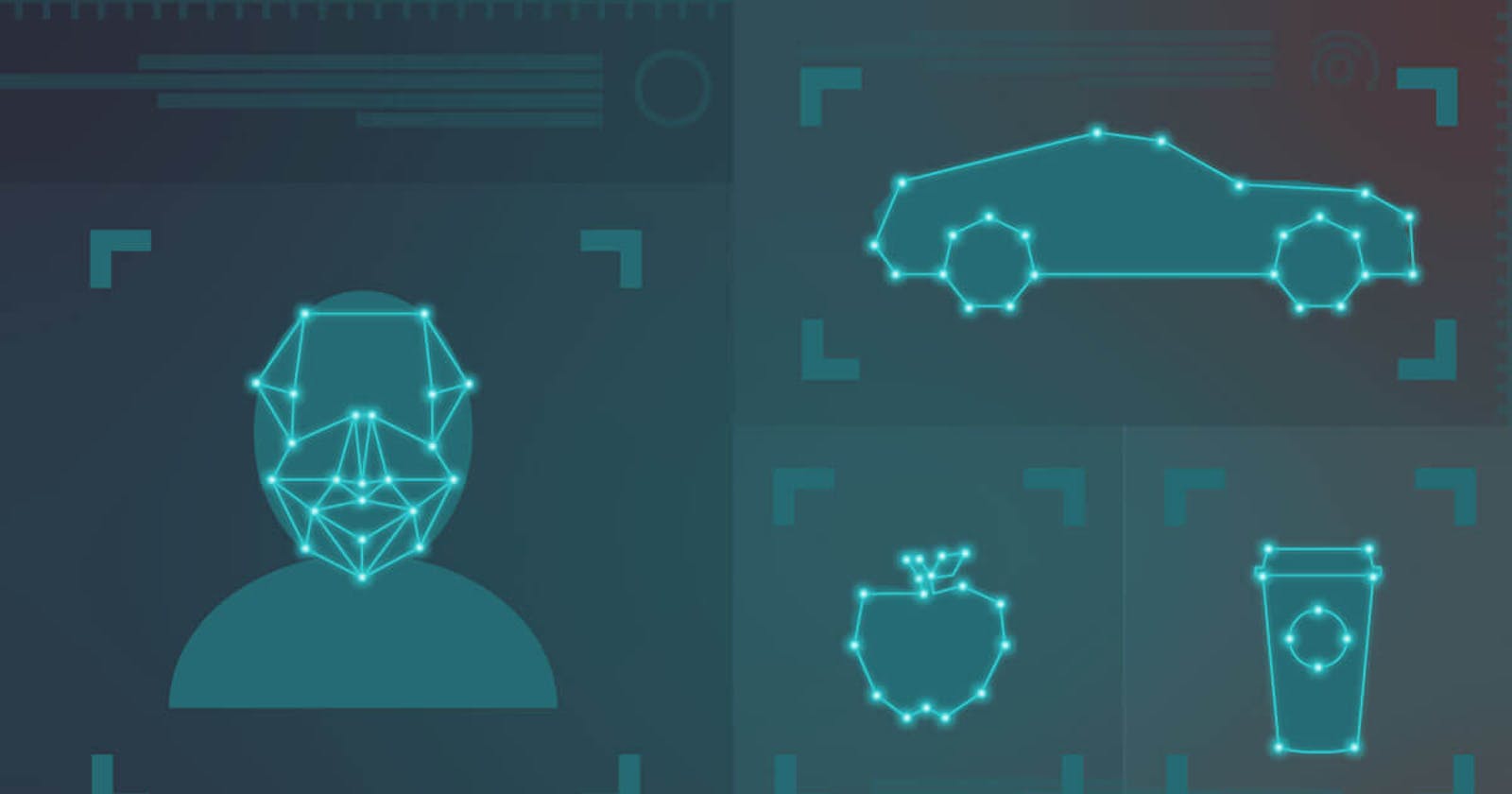Computer vision and image recognition have made significant advancements in recent years, with deep learning models achieving impressive results in a wide range of applications. Here are some examples of advancements in computer vision and image recognition:
Object recognition: Deep learning models have achieved state-of-the-art results in object recognition, with models such as YOLO (You Only Look Once) and Faster R-CNN (Region-based Convolutional Neural Network) achieving high accuracy in detecting and localizing objects in images and videos.
Image segmentation: Deep learning models such as U-Net and Mask R-CNN have achieved impressive results in image segmentation, which involves separating an image into different regions or objects. This has applications in medical imaging, robotics, and autonomous vehicles.
Generative models: Generative adversarial networks (GANs) and variational autoencoders (VAEs) are deep learning models that can generate new images that are similar to a given dataset. These models have applications in image editing, artistic style transfer, and data augmentation.
3D reconstruction: Computer vision techniques can be used to create 3D models of objects from multiple 2D images. This has applications in augmented reality, virtual reality, and robotics.
Biometrics: Facial recognition and fingerprint recognition are two examples of biometric recognition that rely on computer vision techniques. These have applications in security, access control, and identification.
Autonomous vehicles: Computer vision is a key technology for autonomous vehicles, enabling them to detect and identify objects in their environment and make decisions based on that information.
Healthcare: Computer vision has applications in medical imaging, such as detecting tumors in MRI scans or identifying skin lesions in dermatology images.
These advancements have the potential to revolutionize various industries and improve our daily lives. However, there are also concerns about privacy, bias, and the ethical use of these technologies, which must be carefully considered and addressed.
